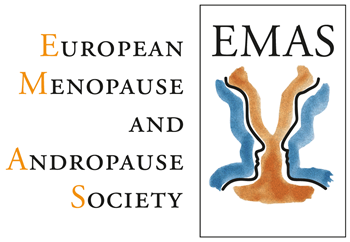Fiona G Li et al JAMA 2021 Oct 12;326(14):1381-1389 evaluated the efficacy of fractional carbon dioxide laser for treatment of vaginal symptoms associated with menopause in a double-blind, randomized, sham-controlled trial with 12-month follow-up at a single tertiary referral hospital in Sydney, Australia. Enrollment commenced on September 19, 2016, with final follow-up on June 30, 2020. Participants were postmenopausal women with vaginal symptoms substantive enough to seek medical treatment. Of 232 participants approached, 85 were randomized. Three treatments using a fractional microablative carbon dioxide laser system performed 4 to 8 weeks apart, with 43 women randomized to the laser group and 42 to the sham group.
The co-primary outcomes were symptom severity assessed using a visual analog scale (VAS; range, 0-100; 0 indicates no symptoms and 100 indicates the most severe symptoms) and the Vulvovaginal Symptom Questionnaire (VSQ; range, 0-20; 0 indicates no symptoms and 20 indicates the most severe symptoms) at 12 months.
The minimal clinically important difference was specified as a 50% decrease in both VAS and VSQ severity scores. Of 85 randomized participants (mean [SD] age, 57 [8] years), 78 (91.7%) completed the 12-month follow-up. From baseline to 12 months, there was no significant difference between the carbon dioxide laser group and the sham group in change in symptom severity
Conclusions and relevance: Among women with postmenopausal vaginal symptoms, treatment with fractional carbon dioxide laser vs sham treatment did not significantly improve vaginal symptoms after 12 months.

